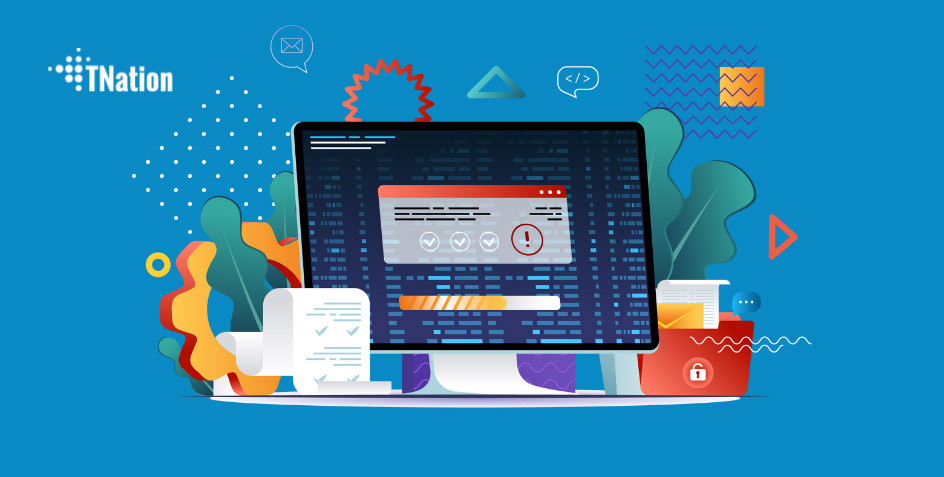The most important attribute of manual testing is the human factor. The manual tester inspects the app as an end-user would. That said, it is impossible for automated testing to replicate the human’s engagement with the application.
Each device we use daily depends on some sort of software running smoothly. Errors can cause a defect or failure at any stage of the software development life cycle. Depending on their consequences, the results may classify as minor or disastrous. Hence, manual testing is an essential phase in software testing procedures.
Why is Manual Testing Needed?
The importance of manual testing is in activities that make it prevalent over automation testing. Most of them are based on human interaction.
Exploratory Testing
Exploratory testing is all about the tester’s autonomy. Like Sherlock Holmes, the tester’s tasks are discovery, investigation, and learning. This type of approach gives the tester freedom to test and enhance the functionality.
Agile Testing
This type of testing is done early in the software development life-cycle. Agile testing is a development methodology that follows the concept of the user’s story plan. In other words, the tester performs a similar set of actions among other types of testing. The result of the practice is encountering bugs early on in the project.
Bug Hunters
During the testing, a tester can encounter bugs and usability issues. The possibilities of human logic and perception are still beyond automated comprehension.
Usability/UX testing
Usability testing is a technique used by testers to investigate user-centered interaction design. The goal is to discover whether a website or software behaves as the designer expected. Usability testing offers a way to uncover opportunities to improve the final product.
Cost-Effectiveness for Small Projects
Automated testing requires the necessary investment before it can begin. Thus, for small projects, manual testing is more cost-effective.
What are the Different Types of Manual Software Testing?
In manual software testing, there are different approaches. Each one is designed to serve a specific purpose. Hence, each software development life-cycle uses several types of manual testing.
Smoke Testing
Smoke testing is preliminary testing. Its purpose is to reveal simple failures that can put a stop to software release. The results of this type of testing inform whether the deployed software build is stable or not.
Cross Browser Testing
Cross-Browser testing determines whether the software works across all Web-Browsers.
Acceptance Testing
The goal of acceptance testing is to assess if the software complies with the specified requirements. It is software testing in which the tester checks the acceptability of the product.
Beta Testing
Beta testing is the final round of evaluation before the software gets to the end-users. The goal is to test the product in a real environment, much as the end-users would.
Exploratory Testing
As mentioned before, exploratory testing is a practice that relies on testers’ instincts.
Negative Testing
Negative testing evaluates the software’s ability to handle requirements and unwanted input. In other words, if the user inserts the invalid input can the system handle the mistake.
Usability Testing
Usability testing refers to the designed part of the software. The goal is to determine the way end-users interact with what they see. This testing utilizes a selected group of representative users.
What is Quality Assurance?
Quality Assurance (QA) is a set of processes done to ensure the quality of the final product. QA is a crucial part of the entire software life-cycle. It is a rule of standards and methodologies that contribute to a superior quality of end product.
Software quality has established standards, such as:
- functionality (the group of attributes that define the requirements of the software. Functional correctness in performing the tasks it is meant to do for end-users)
- reliability (an attribute that defines the probability of failure-free operation of the software. These operations have a specified environment for a specified length of time)
- usability (an attribute referring to User Experience design. It ensures problem-free operation for the end-users)
- efficiency (attributes that define the quality of performance of the software)
- maintainability (refers to the ease with which the software code can be improved, and maintained)
- portability (can the software automatically adapt to the changes in the environment.)
These standards determine the types of software testing. In testing activities, they provide guidelines for testing execution and software quality requirements.
Tools for Manual Software Testing
Test Management Tools
Test management tools are software used to manage tests that are previously specified by testing procedures.
Zephyr (Jira plug-in)
Zephyr is one of the top-ranking Test Management tools on the market. Its integration with Jira provides speed and visibility for all team members in real-time.
TestLink
Another test management application, a web-based software testing tool that supports software quality assurance.
Spira Test
Spira Test is a tool to manage the lists of requirements, tests, and defect recordings in one environment.
Test Rail
Test Rail is another widely used web-based tool for tracking and organizing software testing efforts.
Issue Tracking Tools
Testing is the process of tracking defects that are also known as bugs. Hence, every testing process uses Defect/Bug Tracking Tool to track and record issues.
Jira
Jira is a popular tool that is used for tracking defects and project management.
Bugzilla
Bugzilla is one of the leading open-source platforms for tracking defects. Since it’s a multi-purpose software it is also commonly used for test management.
Additional Tools that can be useful in process of Manual Testing
Databases and Databases Management Tools
- Microsoft SQL Server Management Studio
- Oracle RDBMS
- MySQL
- SQLite
API Testing Tools
API testing (Application Programming Interface Testing) is a type of software testing. The testing establishes the functionality, performance, security, and reliability of the API.
Postman
Postman is a collaboration platform for API development. It is used for running API tests and debugging.
Browser Dev Tools
Browser Dev is a set of tools built within all commonly used Web Browsers. Browser Dev Tools are used for testing the HTML Structure and performance of the web application or a website.
Importance of Manual Software Testing
The importance of software testing and quality assurance is of high value to the overall quality of the software. QA processes ensure that the software meets the technical requirements specified by the development and design. Software testing as a part of QA enhances the usability and functionality of the software. Hence, their importance is not only in superior quality, but proof that the company provides the best possible product and service.



